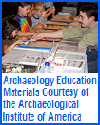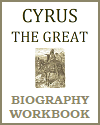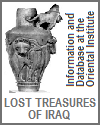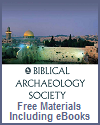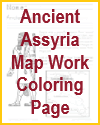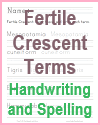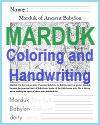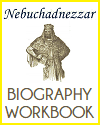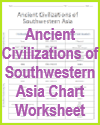Using a wide variety of educational materials greatly benefits high school World History students learning about the ancient Near East by making complex topics more accessible, engaging, and meaningful. This region—home to early civilizations like Sumer, Babylon, Assyria, and Persia—is rich in political, cultural, and technological achievements. While textbooks provide essential overviews, incorporating additional materials such as maps, timelines, and artifacts helps students visualize historical developments and geographic context.
Primary sources, like excerpts from The Epic of Gilgamesh or Hammurabi's Code, allow students to explore original voices and values from the time. Visuals, including photos of ruins, art, and cuneiform tablets, make abstract ideas more concrete. Documentaries and historical films bring ancient cities, inventions, and key events to life, while worksheets and games promote active learning and review.
This variety supports different learning styles, enhances comprehension, and encourages deeper exploration of themes such as law, religion, writing, and empire-building. A multifaceted approach fosters critical thinking and lasting connections to the ancient Near East.
|




